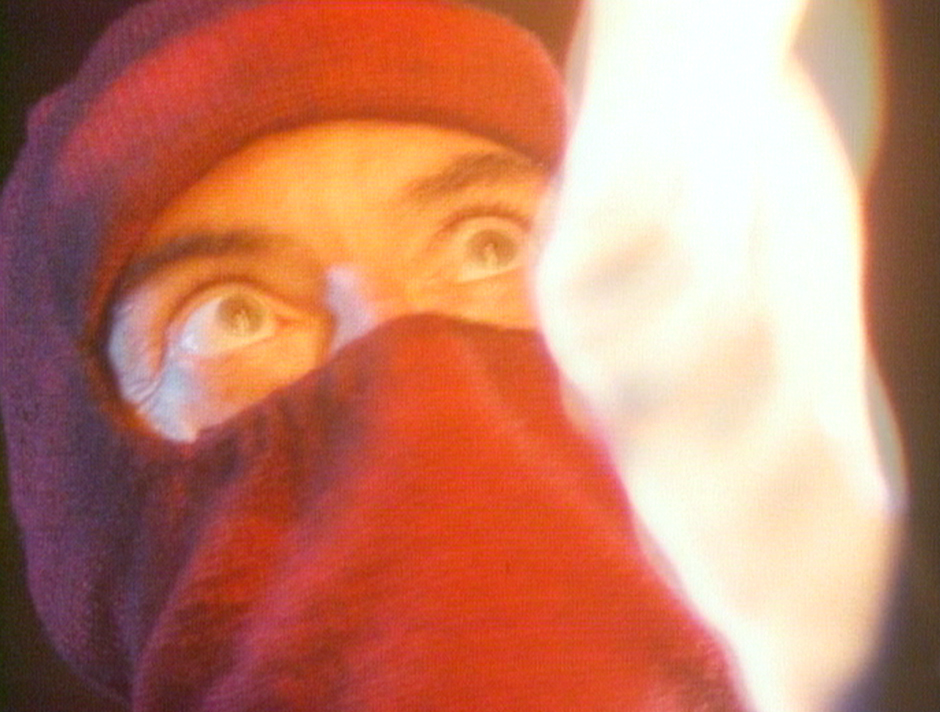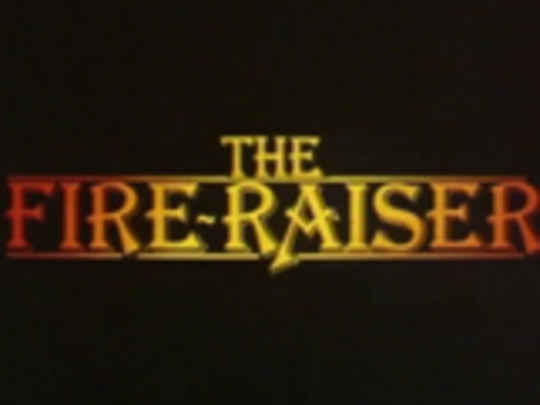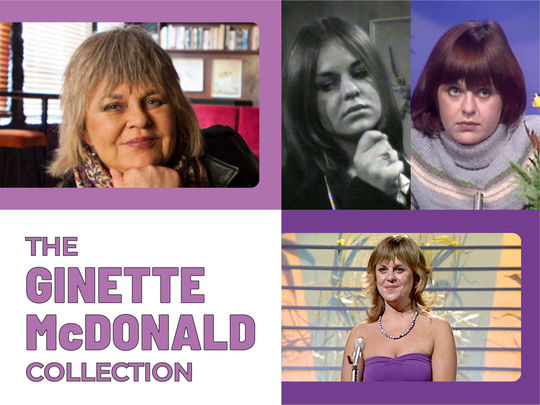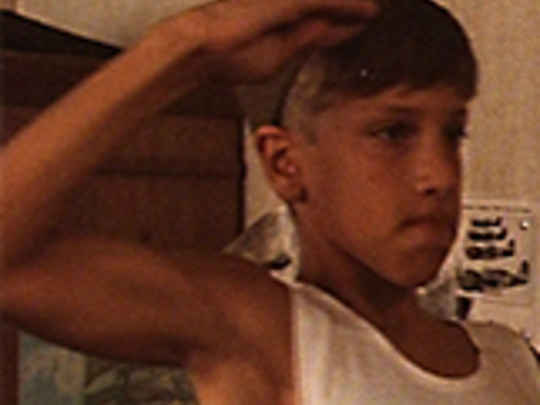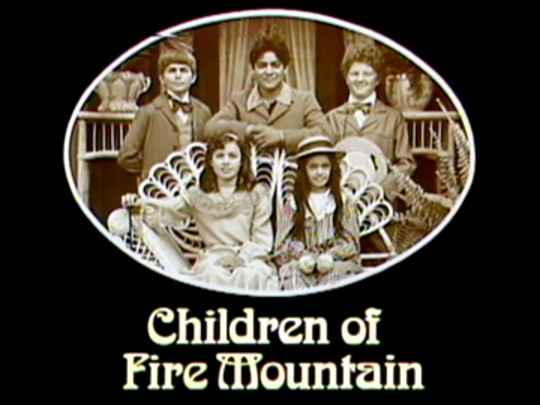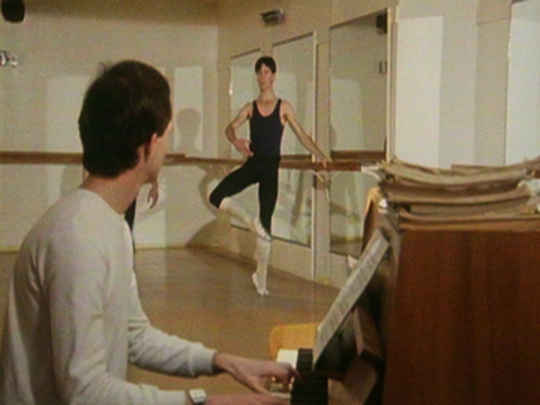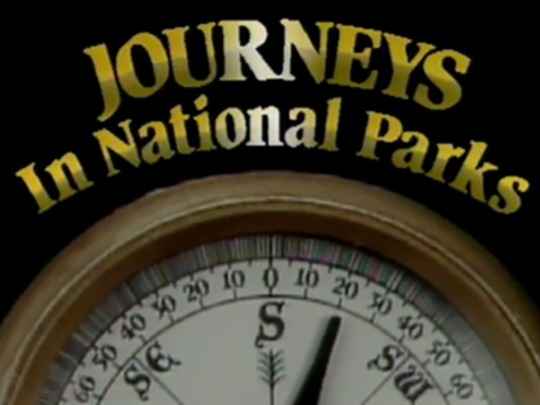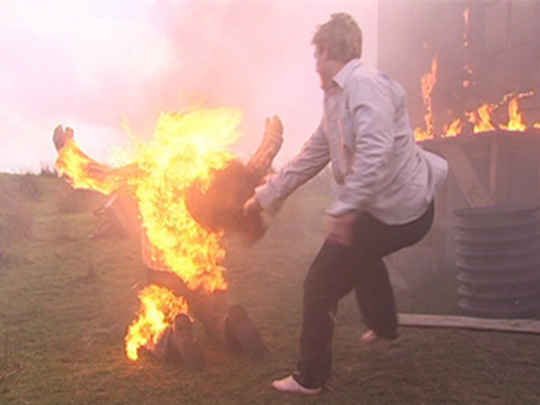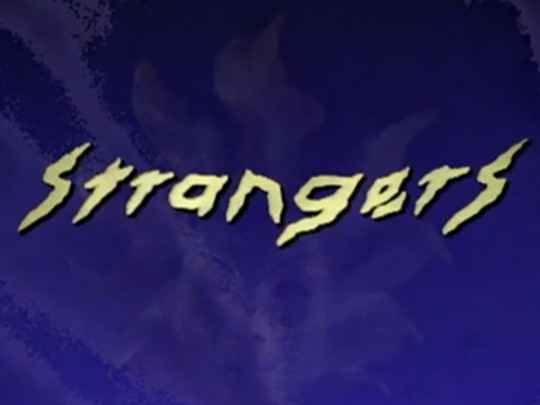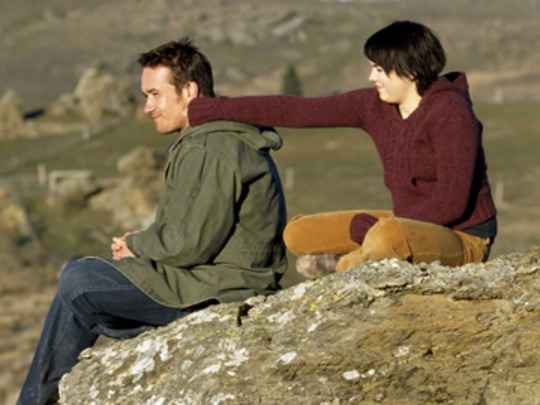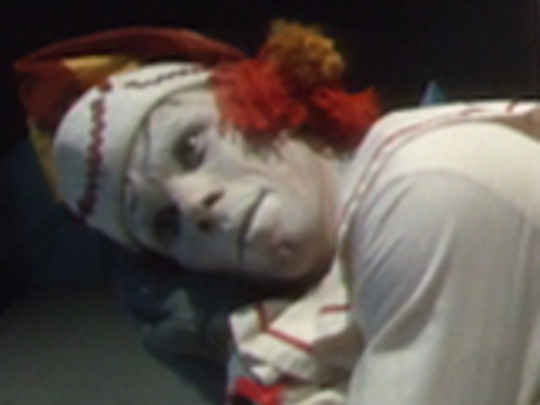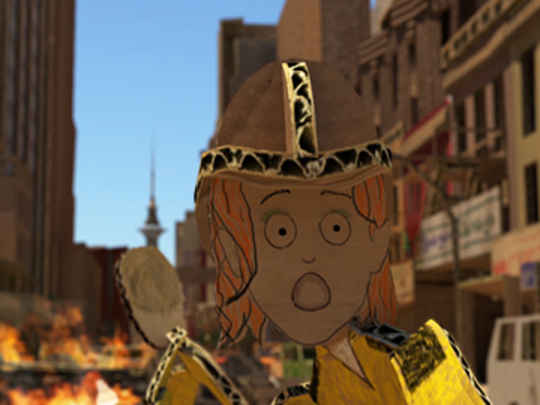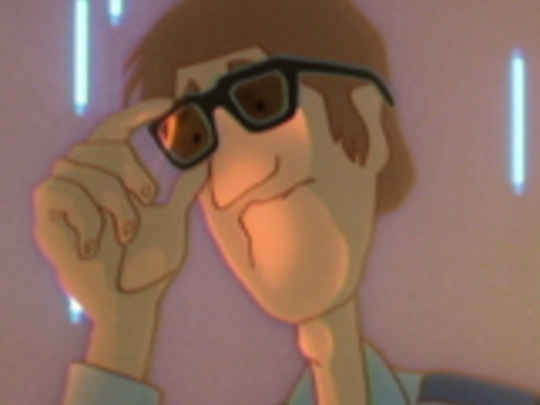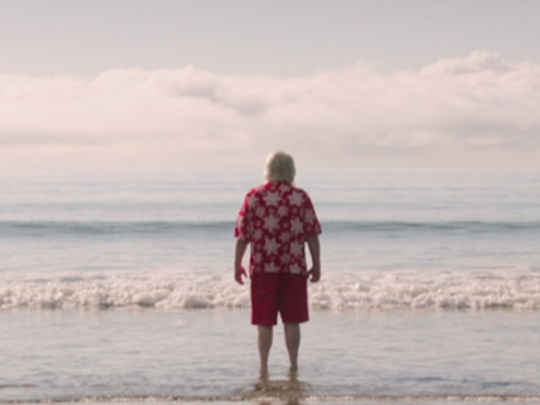The piranhas ate her. They stripped her clean and I bought her from the captain for seven shillings.
– School teacher Clippy Hedges (Peter Hayden) spins a tale about his model skeleton
Not you Wipaki, you can't be New Zealand. You can be the African colonies and wave a spear.
– Mrs Bolton (Anne Budd) dismisses the idea of a Māori pupil playing 'New Zealand' in her pagent
Why did they cover up the horses' eyes?
– A pupil asks teacher Clippy Hedges (Peter Hayden) about the fire in the stables
He had a red thing on his head . . . and he had a funny way of running . . . like a horse.
– Kitty Wix (Alix Chapman) describes the strange man she saw on the night of the fire
Matches were magical to him and full of secret whispers, promises...
– Writer Maurice Gee in chapter one of his novel The Fire-Raiser
...I got more pleasure from writing The Fire-Raiser than I've had from any of my pieces for TV.
– The Fire-Raiser creator Maurice Gee in his backgrounder
It's great fun to be the bad guy.
– Actor and dancer Jon Trimmer, who played the arsonist in The Fire-Raiser, Kapiti Observer, 22 March 2010
As Gee has commented, Gibbs was "a sort of marvellous headmaster, a man of so many parts that it is almost impossible to enumerate them. Gibbs was interested in everything‟. Similarly Hedges has interests in the arts, humanities, and sciences that inform his teaching and outlook on life. Furthermore, Gibbs taught informal lessons in the local observatory . . . Idiosyncratic detail, fondly remembered in [Gee's history of Nelson Central School], is re-used in the novel. Recalling Gibbs‟ bitten ear, Hedges has an ear "mauled as though by a cat". Exactly replicating Gibbs‟ teaching aids, Gee equips Hedges with a tuning fork, magnifying glass, and thermometer. Moreover, Gee appropriates Gibbs' skeleton to enable Hedges to teach biology in a similarly entertaining way.
– Academic Vivien van Rij on how the characer of Clippy Hedges was inspired by FG Gibbs, who was Headmaster at Nelson Central School for 30 years, Kōtare, 2012
It is a measure of Ginette’s dedication, and enthusiasm, that our first production meeting was the day after she came out of hospital following her daughter's birth.
– Director Peter Sharp writing about producer Ginette McDonald in his backgrounder
Phil did become a problem; nobody felt quite right, and Ginette developed a mantra that went "what we need is a young Geoff Murphy". . . The answer in the end was a young Geoff Murphy — his son Miles.
– Director Peter Sharp on casting the character of Phil, in his backgrounder
In fact, I became so interested in these children that they began to behave almost as they would have in a piece of fiction for adults. The adults too became real — and as a result I got more pleasure from writing The Fire-Raiser than I’ve had from any of my pieces for TV.
– Writer Maurice Gee in the original 1986 press kit for The Fire-Raiser
The two catalysts for The Fire-Raiser were the charismatic, polymathic headmaster of Nelson Central School, Frederick Gibbs, who is closely drawn as Jessop's 'Clippy' Hedges (the story's setting in is Nelson in everything but its name], and a local arsonist, a German immigrant bricklayer named Johan Blecher who burned down several Nelson buildings in the 1890s — including the nearly completed Nelson Central School . . . claiming in court to have done so in order to make work for the town's unemployed.
– Rachel Barrowman in her 2015 book Maurice Gee - Life and Work, page 317
the sort of children's venture that made Mark Twain so beloved . . . a jolly good story stunningly told.
– NZ Herald reviewer Narry Shaw
...by week three it was attracting almost as many viewers as Happy Days.
– Rachel Barrowman in her 2015 book Maurice Gee - Life and Work, page 320
